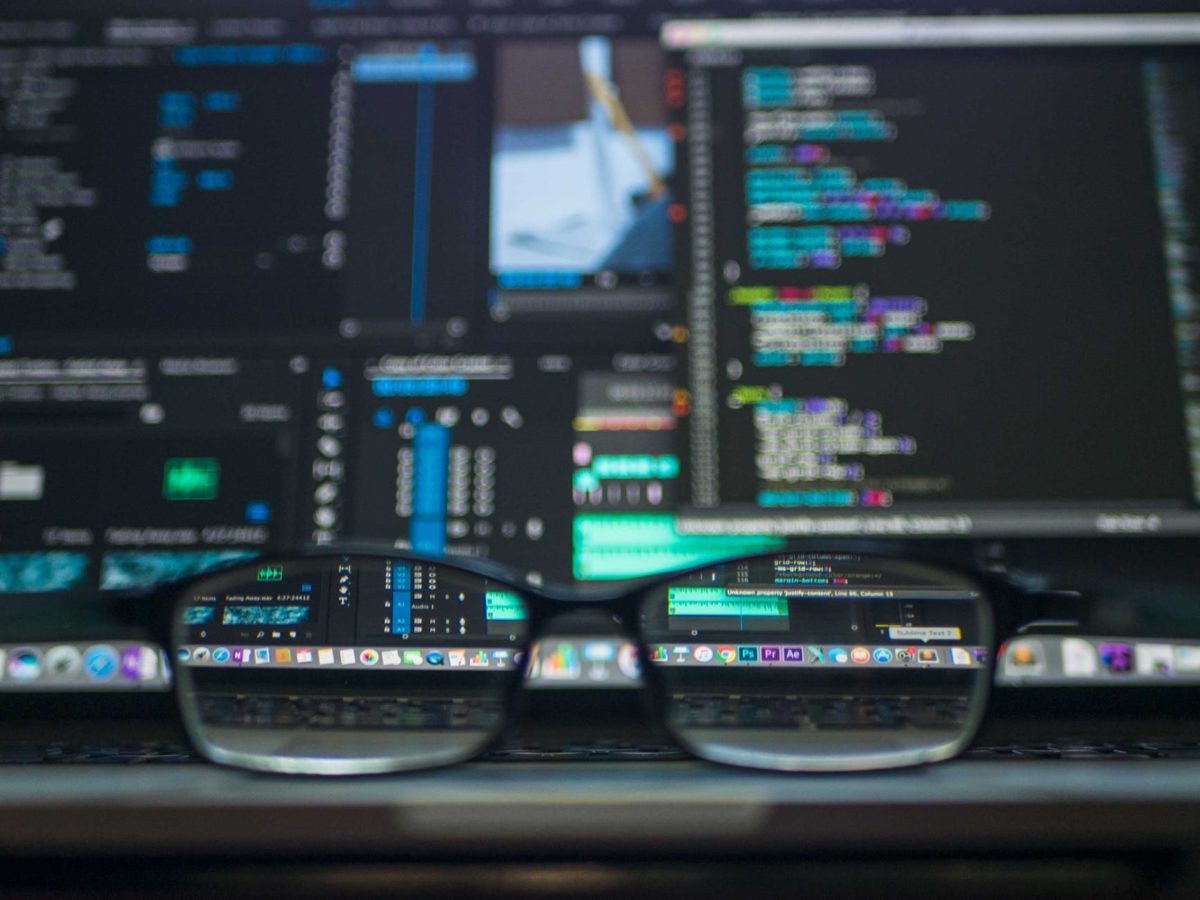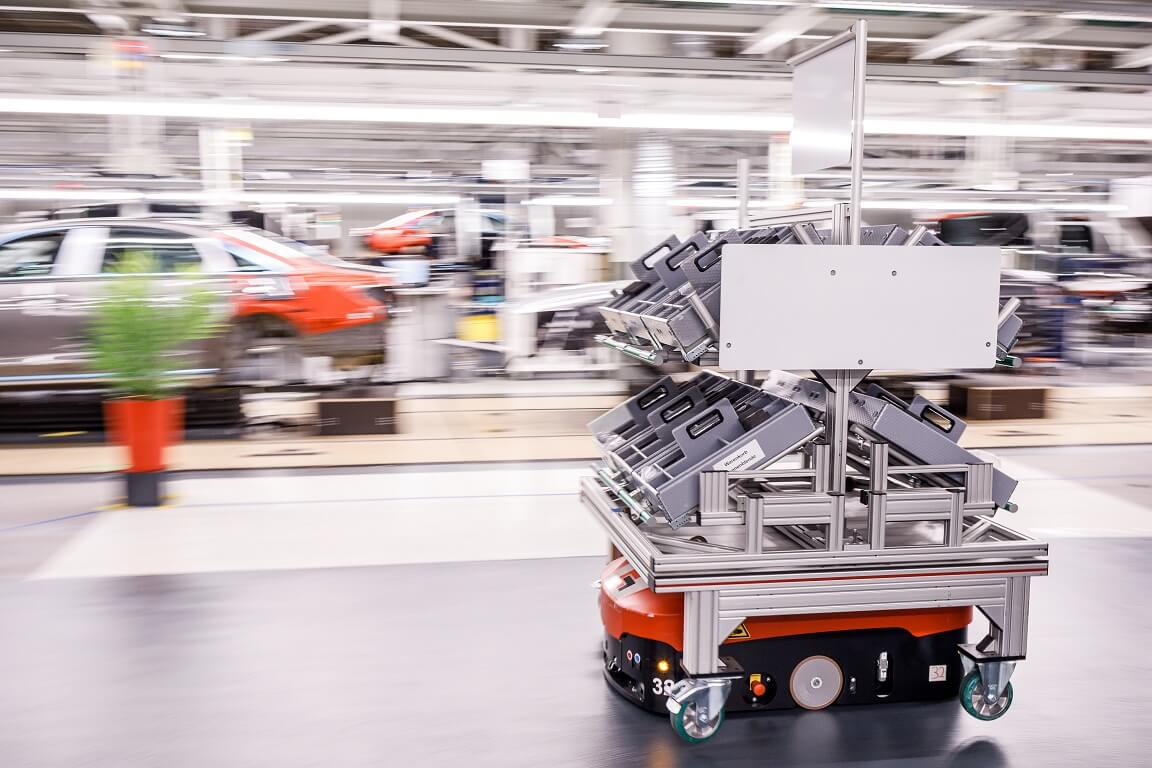You have probably by now heard about Microsoft’s effort to introduce AI into different applications and markets. One of these approaches is the Launch of the ‘Seeing AI’ app, promoted as “Turning the visual world into an audible experience.” (Microsoft, 2018).
This app enables visually impaired people to get an understanding about what is happening around them, by having their phone tell them what it sees. Enabled through visual recognition and artificial intelligence, the phone is able to recognize most of the objects or people around you. If the phone is pointed at people, it will even tell you, whether the person is in a good a bad mood (Wilson, 2018).
The main functionalities of the app are describing places, situations, people and their emotions; reading text from signs or documents to the user, and even reading handwriting; recognizing currencies; recognizing household products by scanning barcodes; identifying colours or the brightness of the surrounding area and guiding the application user to move the phone in the correct direction, so the object of interest is fully in-frame (Hollander, 2017). These activities can enrich the life of a visually impaired person immensely. As example, one of the developers of the app, Saqib Shaikh, who is visually impaired himself, explains nicely, how he can use the functionality of the app at work, for example to know during meetings whether people are paying attention or not (Microsoft, 2017).
The Seeing AI app, however, is still in a beta status. When trying it myself with friends, we ended up gaining a few years, while having the app estimate our age. Well, at least the rough description of our appearance was correct. It certainly is fun to try, and I believe that the app can be of big help to people who are visually impaired. What is your opinion about it? Do you see a future for these kinds of digital assistants?
If you would like to get to know more about the app and its functionalities, check out this video:
Sources:
Hollander, R. (2017), Microsoft’s newest App uses AI to narrate the world. Retrieved on 16.10.2018, from https://www.businessinsider.com/microsoft-seeing-ai-narrate-the-world-2017-7?international=true&r=US&IR=T
Microsoft (2018). Seeing AI. Retrieved on 16.10.2018, from https://www.microsoft.com/en-us/seeing-ai
Microsoft (2017). Microsoft’s Seeing AI app for visually impaired people released in the UK. Retrieved on 17.10.2018, from https://news.microsoft.com/en-gb/2017/11/15/microsofts-seeing-ai-app-for-visually-impaired-people-released-in-the-uk/
Wilson, M. (2018), A phone app for the visually impaired. Retrieved on 16.10.2018, from https://www.fastcompany.com/90227596/a-phone-app-for-the-visually-impaired


